25 things to do on and around the Scottish islands
This article contains affiliate links. We may earn a small commission on items purchased through this article, but that does not affect our editorial judgement.
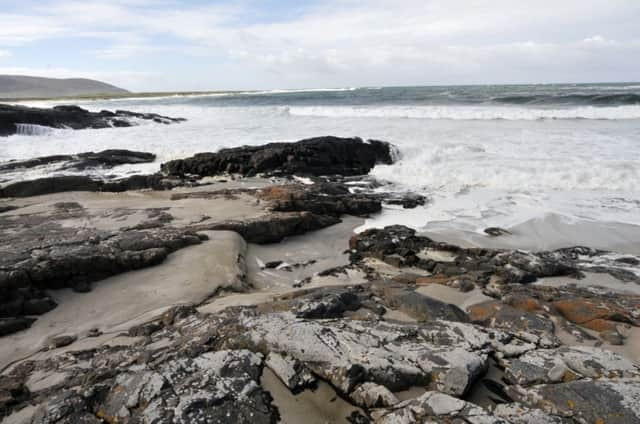

1. The fact that people come to Skye from across the globe to visit The Three Chimneys restaurant says it all. New York Times restaurant critic Frank Bruni named it among his top five favourites in the world, and with a menu as heavy on local fish and seafood as you’d hope – including cod, monkfish and mullet, lobster, crab, scallops and prawns – plus wood pigeon, beef, venison and Scottish cheeses, and almost all the ingredients sourced on Skye itself, a meal here is a must on a trip to the island.
2. Arran Aromatics luxe beauty products are inspired by and made on the island – at Home Farm, once the dairy farm for Brodick Castle – using essential oils and local ingredients and decanted into blue glass bottles inspired by apothecary relics seen on a trip to the Arran Museum. Swing by to stock up and you’ll also find handmade candles and traditional coal tar soaps wrapped in brown paper.
Advertisement
Hide Ad3. The An Lanntair arts centre on Lewis plays host to gigs, theatre, art exhibitions, movie showings and events including the Hebridean Book Festival and Hebridean Celtic Festival, with an emphasis on the island’s Gaelic cultural heritage, and also has a café, restaurant and bar open till the small hours. Upcoming events include The Stornoway Singers, alt-country duo My Darling Clementine and an exhibition of painter Mary Morrison’s work inspired by the Atlantic archipelago and a talk from the artist.
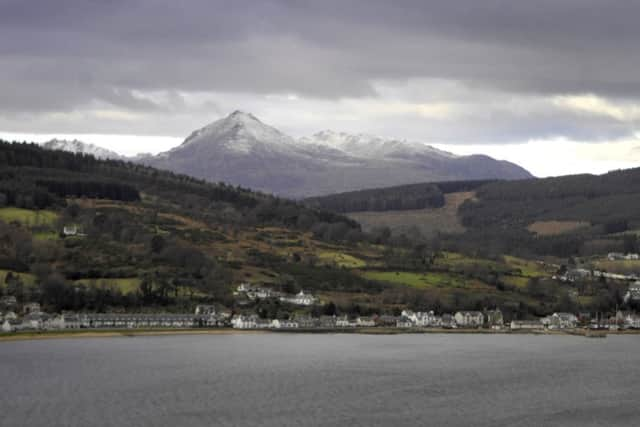

4. A tour of Islay’s whisky distilleries should be a day to remember, although you may well not. Known as the greatest of the whisky-making islands, Islay is only 25 miles long but has no fewer than eight working distilleries – Caol Ila, Bunnahabhain, Ardbeg, Laphroaig, Bruichladdich, Lagavulin, Bowmore and Kilchoman. It is believed that Irish monks introduced the art of distillation to the island in the fourteenth century, prompted by its optimum whisky-making environment – excellent conditions for barley growing and a peat-covered terrain and exposure to sea spray that give the native single malts their famous smoky flavours with salty notes.
5. Fancy staying in your very own five-star spa? Whitefalls Spa Lodges on the Isle of Lewis, named after the nearby Easa Gheal waterfall, are luxury lodges each with its own private spa boasting a Riverbath with chromatherapy, walk-in rainfall shower, fitness equipment and an infra-red sauna, plus the option to pre-book treatments including reflexology, hot stone massage and aromatherapy. The self-catering lodges have wall-to-wall picture windows to fill the rooms with views of sea and sky and can be stocked with Champagne, chocolates, flowers and fruit on request.
6. Follow in the footsteps of Chanel, Vivienne Westwood, Nike, Céline and the QE2 and have something made to order using fabric you’ve chosen from Harris Tweed Hebrides. Wander the iconic textile brand’s shop and warehouse in Tarbert on Harris and give yourself over to the expert eyes of the staff on hand to help you choose from the floor-to-ceiling rolls of every colour, pattern and texture of tweed imaginable. Or if you prefer instant gratification, hit the shop floor and choose from the cornucopia of Harris Tweed items on offer – everything from jackets to iPad covers.
7. Eat oysters at Loch Fyne Oyster Bar at Clachan Farm at the mouth of the eponymous loch, founded in 1978 by a local landowner and a marine biologist and now the global gold-standard – you’ll find Loch Fyne Oysters in five-star hotels from New York to Hong Kong and at 30,000 feet in the first-class cabins of British Airways and Cathay Pacific. If oysters aren’t your thing you’ll also find langoustines, smoked salmon, scallops and mussels on the menu and, going on past form, might even spot some celebrities over the seafood.
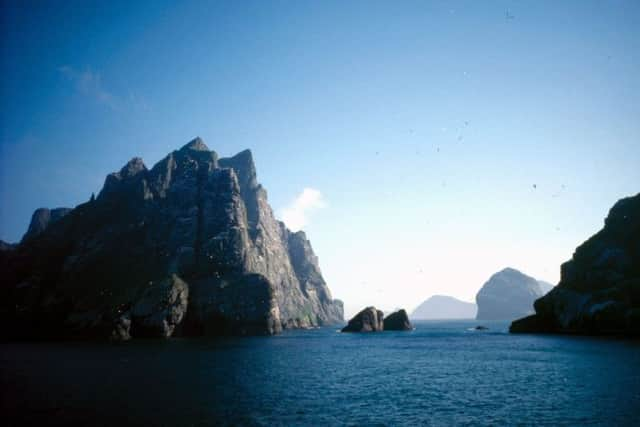

8. Take surfing lessons in Tiree, the most westerly of the Inner Hebrides and the Scottish island blessed with the best conditions on which to hang ten – its flat terrain and position out on the Atlantic Ocean make it windy, while the Gulf Stream keeps the waters warm. Low rainfall and among the highest hours of sunshine in the UK plus crystal waters, big waves and white sands further enable the Californian fantasy and there are several surf schools on the island catering for even absolute beginners, of any age.
Advertisement
Hide Ad9. The Callanish Standing Stones on the west coast of Lewis in the Outer Hebrides were constructed between 2900 and 2600 BC and the layout is said to resemble a Celtic cross and to have been a prehistoric lunar observatory, while local folklore says that giants who lived on the island and refused to be converted to Christianity were turned into the stones as punishment. The stones have made appearances in Disney Pixar’s Brave and on the cover of the Ultravox album Lament, and gave Dutch death metal band Callenish Circle their name.
10. The uninhabited archipelago of St Kilda lies 41 miles west of Benbecula in the Outer Hebrides and is the most remote part of the British Isles and has the highest of its sea cliffs. The entire population of 36 was evacuated in 1930 at their own request, after crop failures and the depletion of the island’s population by the First World War and a bout of influenza made life there impossible. The departing islanders left an open Bible and a small pile of oats in each house, locked all the doors and at 7am boarded the ship that would take them to their new homes at Morvern on the mainland. The island is now a seabird breeding colony and one of Scotland’s five Unesco World Heritage Sites, although its lost world lives on not just in the poignant sight of its abandoned houses, but in Gaelic-language opera St Kilda: A European Opera, various short films and documentaries and even a Runrig song – Edge of the World. Boat trips to St Kilda depart from Uig and Leverburgh and you can camp on the island (with permission from the National Trust for Scotland) for up to five nights.
Advertisement
Hide Ad11. The legendarily raucous Mull Sevens are known as “the world’s most sociable,” which, as anyone who’s been to Hong Kong for the rugby will know, is quite an accolade. Named by The Scotsman as the second-best sevens tournament in the world after Melrose, and ahead of Hong Kong, Twickenham and Jedforest, it can also lay a claim to being the most enlightened, being the first to include women’s teams. The seemingly unlikely history of rugby on Mull was borne of its previous lack of a secondary school, meaning local children attended mainland high schools and brought back the rugby they played there back with them. The 29th Mull Sevens took place on 24 May, so while that ship may have sailed this year, the 30th anniversary in 2015 will be one not to be missed.
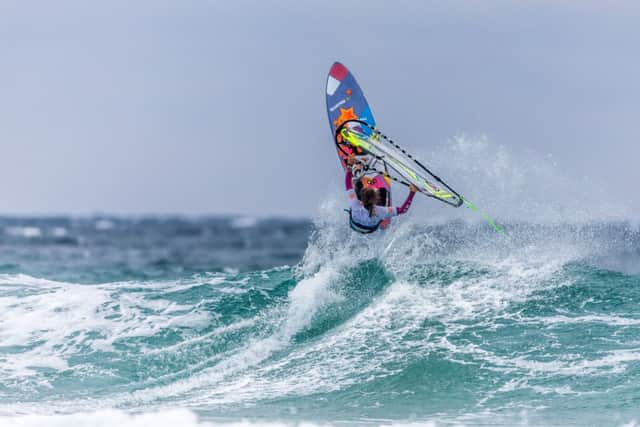

12. It’s well known that the Isle of Arran is Scotland’s landscape in miniature, making Goat Fell its Ben Nevis. The highest point on the island, it’s a climb of 2,876 ft but the most popular route is just three miles in length and on a clear day you can see all the way to Ireland. The mountain also provided Arran with its grisliest headlines, when in 1889 the body of London clerk Edwin Rose was discovered on it. He was last seen alive on the mountain two weeks prior, and the day after the sighting his climbing companion John Watson Laurie was spotted wearing Rose’s clothes. Police found Laurie hiding in a Lanarkshire quarry with an open razor in his hands saying he had intended to kill himself that night. The killing had captured the public imagination and police had to impose order on the throngs around news vendors when the news came that Laurie had been found guilty of murder. A date for his hanging was fixed but the closeness of the jury’s verdict saw legal authorities commute the sentence to life imprisonment – although it was suggested by some English newspapers that Laurie escaped the noose because his victim was an Englishman.
13. The holy island of Iona is a place of pilgrimage, so a visit to St Columba’s shrine is only right. St Columba himself arrived from Ireland in AD563 and founded the monastery that bears his name, which attracted pilgrims from the 7th century onwards. All that remains of it now is the vallum that enclosed it and the “hill of the abbot” where Columba is believed to have died in 597. The tiny stone chapel that is St Columba’s shrine dates from the 9th century, and sits by the entrance to the 13th century Iona Abbey – where kings including Macbeth and his victim Duncan are buried – that now stands on the site of the original church.
14. When not inventing malted drinks, Sir James Horlick was planting rhododendrons at Achamore Gardens on the Isle of Gigha – 54 acres filled with a riotous rainbow of rare and exotic plants that flourish thanks to the island’s mild microclimate, sheltered as it is from the Atlantic in the Inner Hebrides. Peacocks wander among azaleas, camellias, rhododendrons and species from as far afield as Australia, New Zealand and the Andes including Montezuma pines and Southern rātā – and so can you, a mere 20-minute ferry ride from Kintyre. Achamore House has another claim to fame; Charles Rennie Mackintosh was a trainee at the Glasgow architectural firm which built the manor house – see if you can spot any of his trademarks.
15. Go back in time at the Bute promenade, a classic Victorian seafront which saw a golden era of tourism in the 19th century thanks to its easy accessibility from the Central Belt. Bute is renowned for its grand architecture, most notably the Neo-Gothic Mount Stuart House, which dates from 1877, contains what was the world’s first indoor heated pool, was the first house in Scotland to be lit by electricity and in 2003 was the setting for Stella McCartney’s wedding. The 1938 Art Deco Rothesay Pavilion houses a concert hall while the Winter Gardens by Rothesay pier, built in 1924, are now home to the tourist centre and a cinema. Bute must also be one of the few places in which a trip to a public toilet is on the tourist trail – the perfectly preserved Victorian Toilets, built in 1899, are a few steps from the pier and a must-see.
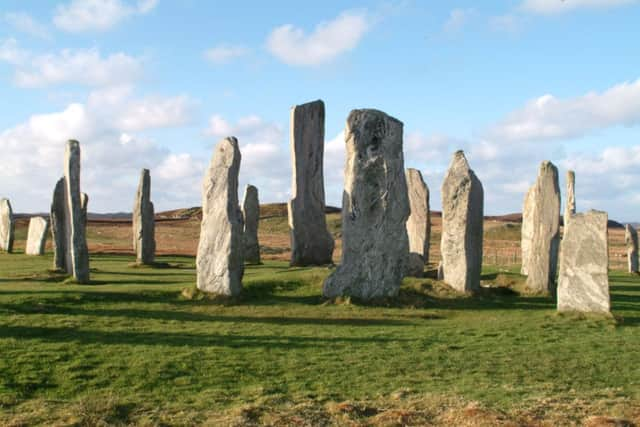

16. Arran has emerged as a foodie destination, boasting a whisky distillery, a brewery, a creamery, a chocolatier, a smokehouse, three cheese producers and an island baker specialising in oatcakes. Take your taste buds on a tour, making sure to hit The Island Cheese Shop at Home Farm where you’ll find Crowdie, Arran Camembert and an Arran Blue which won Gold at the World Cheese Awards (we also recommend the cheddar with crushed stem ginger); the Arran Chocolate Factory where you can watch the chocolates being made by hand before buying and inhaling them; Creelers Smokehouse for fish dried with sea salt and dark molasses sugar and smoked over Arran Scotch Pine and wood shavings from old whisky barrels, and craft bakery Wooleys of Arran for world-famous oatcakes fired in antique ovens.
Advertisement
Hide Ad17. Walk on Eigg shells on the most populous of the Small Isles of the Inner Hebrides. A geological gem, the island is as a result a shell collector’s paradise, particularly at Galmisdale Bay, while the Singing Sands is a beach that has to be heard to be believed – the pure quartz sands emit musical squeaks when crushed underfoot.
18. Go on safari in Barra – with a snorkel. The island’s white sandy beaches and crystal clear waters are home to a diverse range of sea life which you can explore on an underwater expedition with Barra Snorkel Safari , who will guide you over seabeds and reefs in deep or shallow waters, even giving you the chance to try and catch some razor clams for your dinner.
Advertisement
Hide Ad19. With 15 per cent of the UK’s freshwater surface area on the islands, the Uists are acknowledged among the best wild trout and salmon fishing spots in Europe. North Uist Estate and South Uist Estate manage almost all the lochs and rivers. Both offer great sea trout fishing, in estuaries, lochs and rivers. The 800 lochs of South Uist and Benbecula offer the best wild brown trout and sea trout fishing while North Uist Estate is one of the few places in Scotland that provides sea trout, salmon and brown trout fishing.
20. The Scottish islands are a photographer/postcard seller’s dream and chances are if you’re planning a trip to any of them, you’ve ogled images of sunsets over white sands and wildlife that could star in an inspirational meme. Just think how much more satisfying an experience this would be if you’d taken the pictures yourself, and then book a photography course – the perfect way to see the islands and bring home the best souvenirs. Try Islandscape Photography on Mull and Tom Mackie Images on Lewis and Harris for starters.
21. Horse riding on the beach is a bucket list cliché for good reason – tick it off yours on the Kintyre peninsula, which is well-known for offering riding opportunities for novices and equestrians alike, as well as for Paul McCartney’s favourite beach (which you’ll find at Saddell – no pun for the pony trekkers intended – on the eastern side). Barrglen Equitation Centre , one of many on Kintyre, has been going since 1997, is set on a 5,000-acre sheep farm, and offers lessons for all levels, holidays and even B’n’B for horses if you want to bring your own.
22. Read (or watch) Whisky Galore then have a dram in the real-life pub that reaped the benefits of the islanders’ legendary raid – The Politician on Eriskay, which is also the only pub on the island. The SS Politician ran aground off the island in 1941, depositing its cargo of whisky and thus providing the islanders who raided the wreck with a free supply in the midst of wartime rationing, when they had almost run out of the water of life. Compton Mackenzie’s novel Whisky Galore based on the incident, and adapted into the Ealing Comedy of the same name, is also a good examination of Hebridean life and includes a glossary of Gaelic terms used and a guide to pronunciation and the local accent.
23. Sign up for sailing school and experience the islands from the water. Learn the skills of the high seas, spot dolphins along the way and drop anchor for lunch. Sail Scotland has information on Royal Yachting Association-accredited sailing classes – and yacht charter if that sounds like a little too much effort – around Scotland, including Oban, Badachro, Portree and Ardvasar on Skye.
24. Visit the Butt of Lewis Lighthouse on the most northerly point of the most northerly of the Hebridean islands and face the wrath of the Atlantic at what feels like the edge of the world and is, as such unsurprisingly, officially the windiest place in the UK. The 37-metre red brick lighthouse, with 168 steps to the top of the tower, was built in 1862 by David and Thomas Stevenson – father of one Robert Louis. The light was lit with paraffin until 1976, when it went electric, and is fixed, with the lens revolving around it to give the flashing effect every five seconds.
Advertisement
Hide Ad25. The Scottish islands boast beaches that are among the most beautiful you will see anywhere and the west and south of Harris’s are the best of the best – the swathes of white sand lapped by jade waters at Scarista, Borve, Horgabost, Seilebost and Luskentyre will make you feel like you’ve overshot the UK and ended up in the Caribbean.
• You can follow CalMac on Facebook and Twitter and visit their website